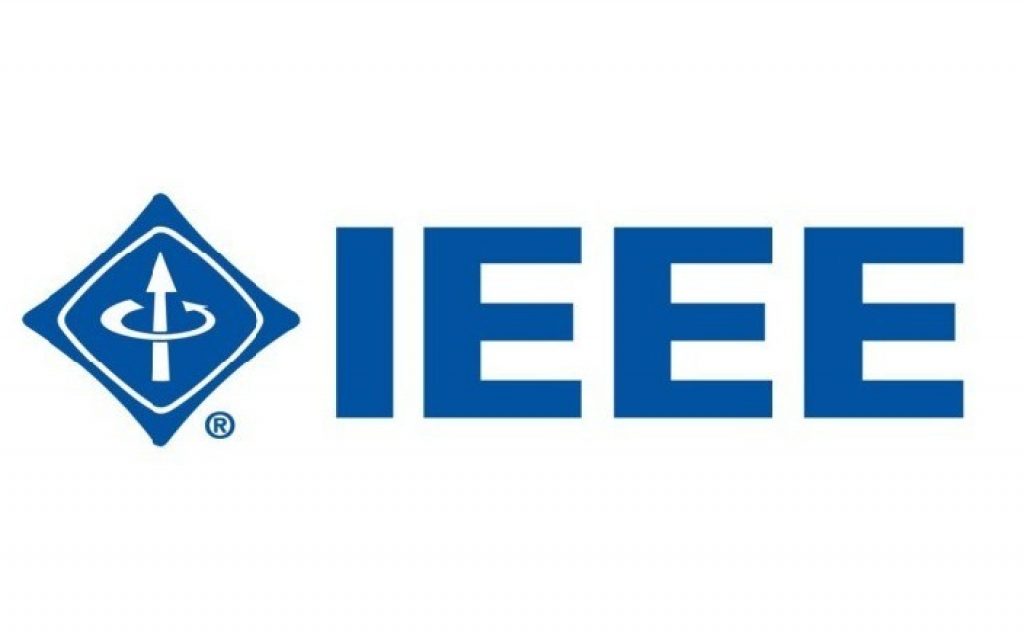I've mentioned embedded vision coverage in various IEEE publications before, most notably in IEEE Spectrum but also in some of the more technical journals. I'm impressed with, and inspired by, the Society's obvious enthusiasm for this burgeoning technology, and the IEEE has been particularly prolific the past several months.
The April 2012 issue of IEEE Computer Magazine, for example, was structured around the overall theme of "Interaction Beyond the Keyboard." To wit, it contained (among other things) an excellent article with the self-explanatory title "Gestural Interaction in Vehicular Applications," authored by Andreas Riener and Johannes Kepler of the University of Linz, Austria. The writers evaluated several technology implementations intended to enable drivers to control devices in the car while maintaining a modicum of attention on the road, and the authors rated vision-based approaches with particular favor. In order to read the entire writeup, you'll need to either a) be a IEEE Computer Society member, or b) purchase the article ($19) or the entire issue ($5…no, that's not a misprint!). However, the IEEE Computer Society has made available for free access a PDF of the April issue's introductory article, by Albrecht Schmidt (University of Stuttgart, Germany) and Elizabeth Churchill (Yahoo Research).
This month's IEEE Computer Magazine edition extends the embedded vision streak, containing both the theme introduction piece "Interactive Digital Signage" (PDF) by Roy Want and Bill N. Schilit of Google, and "Tattoo Image Matching and Retrieval" by Anil K. Jain, Rong Jin and Jung-Eun Lee, all of Michigan State University. Here's the abstract for the latter piece, "An automated tattoo image matching system achieves significantly better results for forensic and law enforcement applications than traditional keyword-based matching." Biometrics, in other words…not facial recognition, mind you, but an adjunct to fingerprinting, retinal scans and other similar techniques. However, as with the April issue, both "Tattoo Image Matching and Retrieval" and the various articles assembled around the "Interactive Digital Signage" theme are not available for free download; you'll need to purchase them either individually or as part of the entire May issue.
Next, take a gander at IEEE Multimedia Magazine. The January-March 2012 issue contains a number of writeups dealing with various aspects of still and video image processing, including "Image Retrieval in Forensics: Tattoo Image Database Application", a derivation of the above-mentioned article from the same three Michigan State University authors, this time also listing Wei Tong from Carnegie Mellon University and available for free PDF download here. The issue theme overview article, "Multimedia in Forensics, Security, and Intelligence," is available for free online access in both HTML and PDF formats. Also available as a free PDF is "Face Matching and Retrieval in Forensics Applications" from three more Michigan State University-based writers, Anil K. Jain, Brendan Klare, and Unsang Park.
The theme of the more recent April-June 2012 edition of IEEE Multimedia Magazine is "Media in Medicine," and its various articles once again explore an enduring embedded vision application theme. It also includes an excellent writeup, "Microsoft Kinect Sensor and Its Effect" by Zhengyou Zhang of Microsoft Research, available as a free PDF download here. Zhang is a prolific writer for a number of IEEE publications; specifically, this is the latest in a series of Kinect-themed IEEE articles sourced from Microsoft Research. Finally, keep your eyes peeled for the Spring 2012 edition of IEEE Solid-State Circuits Magazine, scheduled to go live on the Society website some time next month. It will contain the article "Eye, Robot: Embedded Vision, the Next Big Thing in Digital Signal Processing," authored by myself, representing the Embedded Vision Alliance, and Amit Shoham, Distinguished Engineer at BDTI. Your feedback is as always welcomed!


